Successful rounds of i2C Pilots in Telangana and Rajasthan
Invitation to CLIx (i2C) is a course designed and developed on the principles of connected learning. The learning experiences in i2C create opportunities for learners to construct digital artefacts and to interact with their peers. The course has seven modules which are designed to help learners acquire skills required for partaking of CLIx offerings. Beyond that these skills will continue to grow as they become increasingly fluent in negotiating the digital world.
Three modules of the course were successfully piloted in two phases by the i2C team. The first phase was in a school in Kapra, Hyderabad in the state of Telangana from 23 to 28 July, 2015. The team piloted modules on Telegu typing and the vector graphics programme Inkscape, using an interactive methodology.
The second phase took place in two schools in Nindher and Kachroda villages near Jaipur, Rajasthan from 14 to 18 September, 2015. Here, modules on Hindi typing and the dynamic mathematics application GeoGebra were piloted and an added feature was mapping with GPS. In both the pilots, the first two days were used for teacher training, the remaining three days were devoted to interactions with students.
On the first day the teachers were briefed about CLIx and its philosophical and pedagogical approach to education. This was followed by an introduction to the activities and pedagogical principles of the i2C course. In both states the teachers had hands-on practice of Indic typing in their own languages. On the next day, they practised the applications (Inkscape in Telangana & GeoGebra in Rajasthan) with discussions how working with these could enhance the learning capacities of students. The sessions with the teachers were held bilingually in English and in their local languages.
The interactions with the students took place during the following three days. On the first day, students were introduced to the platform and its basic operations. Simple contexts were provided for typing in English as well as Hindi and Telugu. The Inscript keyboard layout was used for the Indic typing. To aid the Indic typing activity, the students were given handouts of the keyboard layout. The student to computer ratio was 2:1 in Telangana and 3:1 in Rajasthan.
In Kapra, Telengana, the students became adept at typing in Telegu by the end of the first day. On the second day, they started with an introductory session on Inkscape. The first activity was to make a book label, followed by designing a book cover. At end of the day they were given a collection of icons and were asked to write a story based on those icons. The next day, students brought the stories written in their notebooks and reconstructed them on the Inkscape canvas. The students shared the book labels and stories on the platform with their peer group. In the end, students presented these stories to the rest of the class.
In Kachroda and Nindher in Rajasthan, the pilot took place simultaneously at two schools. This allowed the team to test the possibilities of asynchronous inter-school dialogue with limited connectivity. Students interacted on the platform in both Hindi and English. In one of the schools, they also created line drawings and mathematical constructions. At end of the second day, the students were given a collection of tangram puzzles to solve as homework. On the third day students recreated these tangram shapes on GeoGebra and uploaded these files on the platform. In both the schools, the students in the class who were not part of the computer lab activities, took part in an exercise of mapping the local area with help of GPS enabled devices. The student were thrilled to see the maps they had generated becoming publicly visible on the Open Street Map website.
– Amit Dhakulkar, i2C team


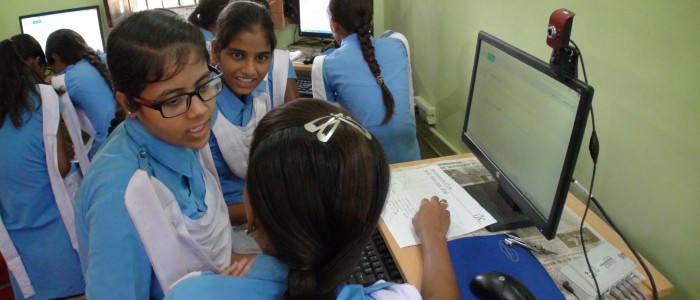

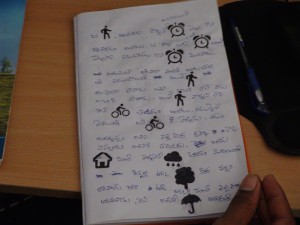
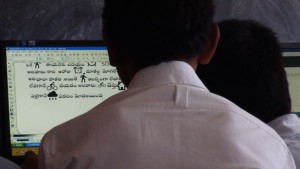
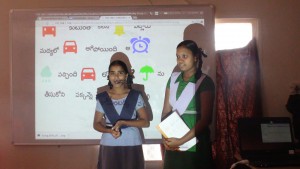
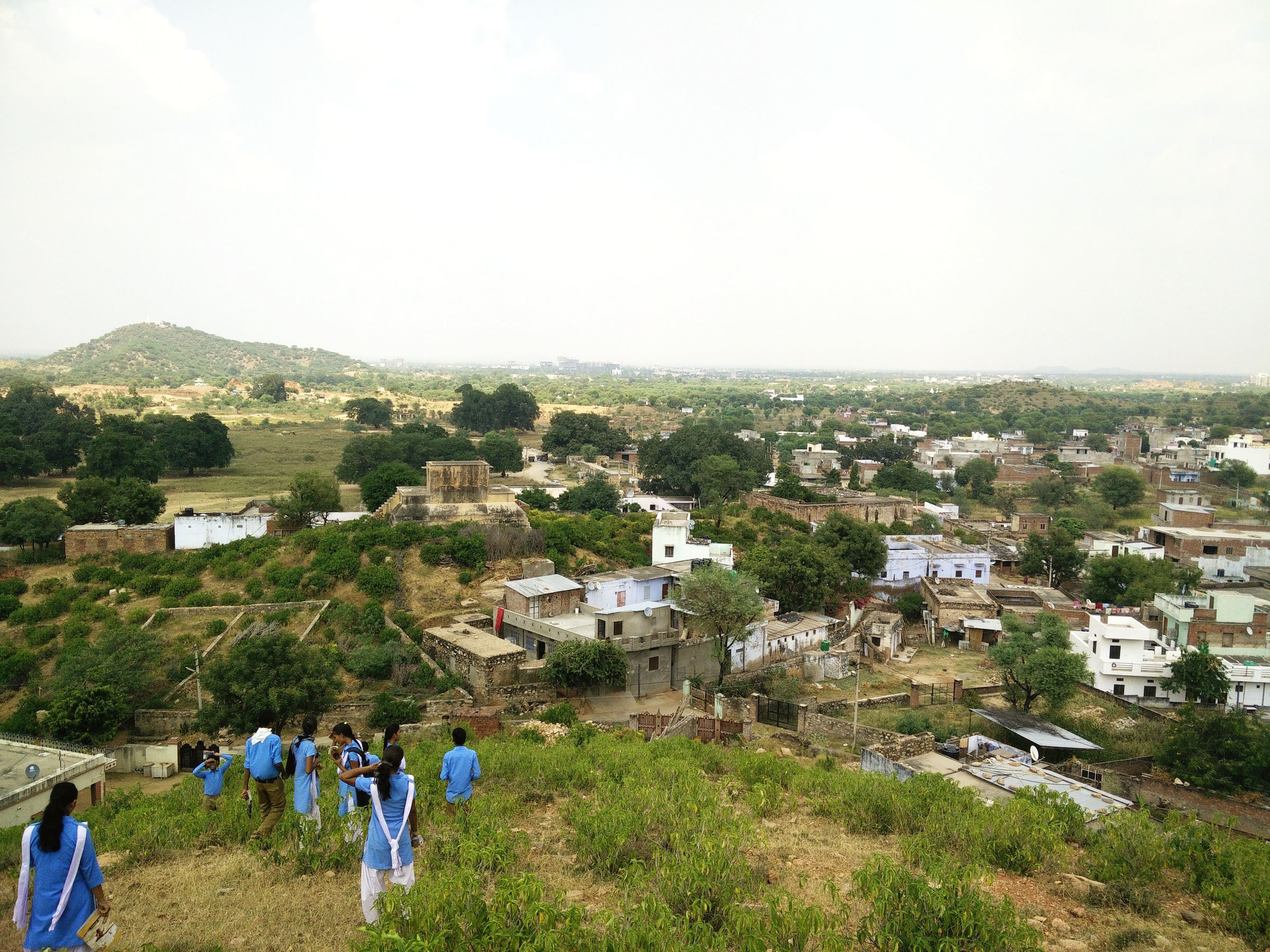

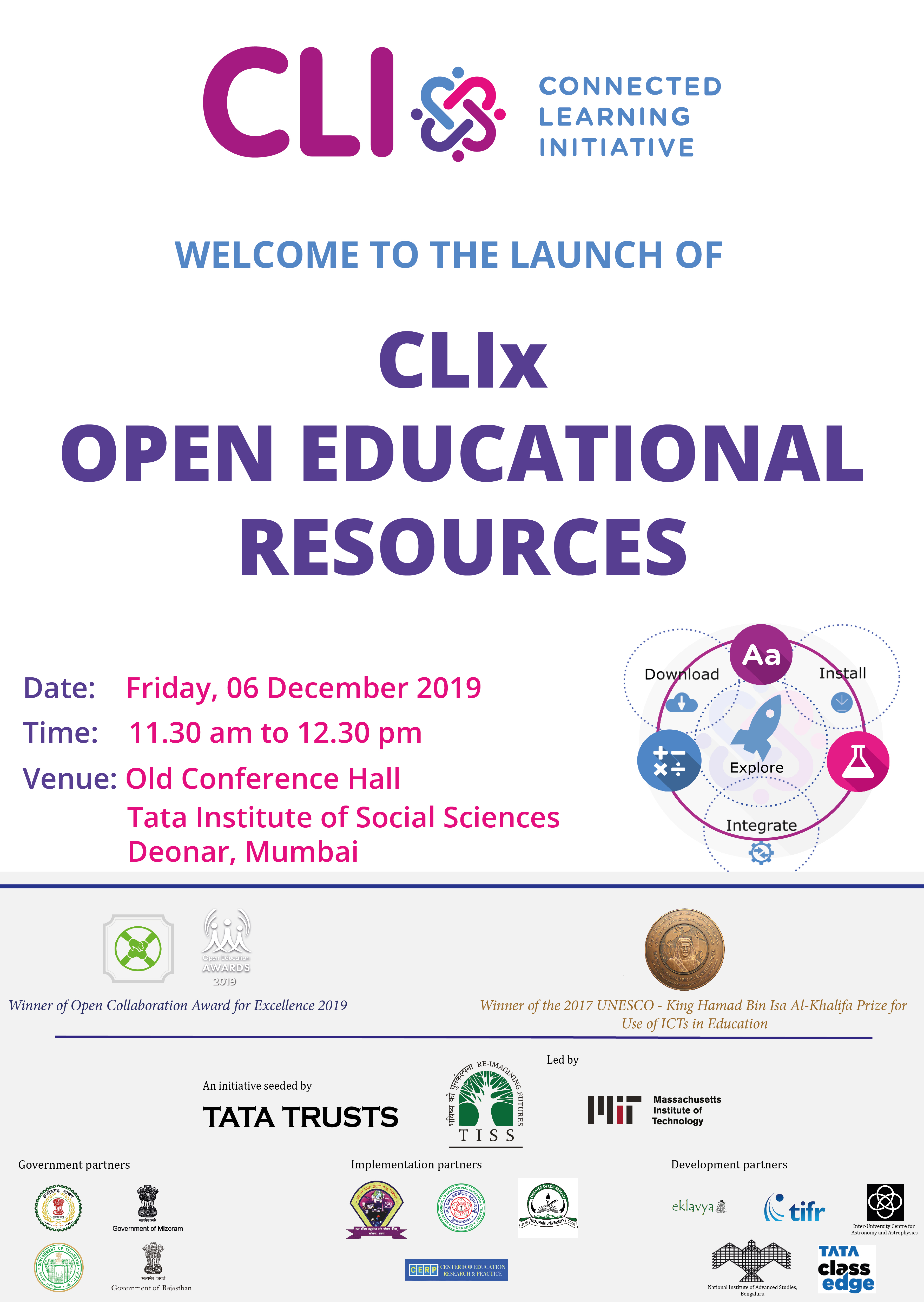
Comments are closed.